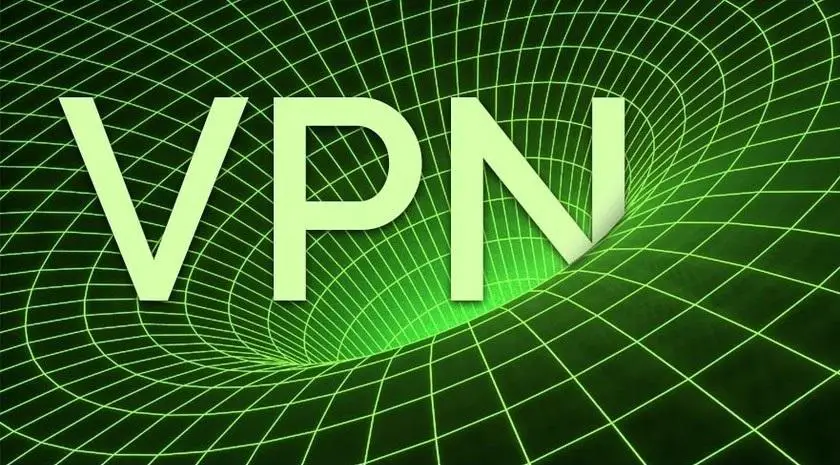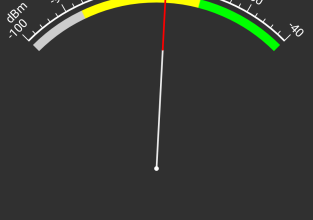What are the main Wi-Fi attacks

Wireless networks are very present in our daily life. We have more and more devices that allow us to surf the Internet without using cables. This is very useful, but you also have to take into account the risks. Especially when we are sailing on a public Wi-Fi network, we can suffer many attacks and put our privacy at risk. We will talk about it in this article. We will also give advice on where unsecured networks are most common and, most importantly, how to browse safely.
Common threats in unsecured Wi-Fi networks
As we say, when we connect to a Wi-Fi network, we can experience many types of attacks which in one way or another can compromise our security and privacy. Therefore, we must be prepared to face these problems, even if the main thing is what we are facing. Let's see what are the most common attacks if we are browsing on a public and unsecured Wi-Fi network.
Man-in-the-Middle Attacks
The Man-in-the-middle attacks are strongly associated with unsafe wireless connections. Without a doubt, this is one of those threats that we need to be aware of if we are going to connect to a public Wi-Fi that we do not control and where there may be hackers.
What is a Man-in-The-Middle attack? Basically, you can say that this is an intermediary, the attacker in this case, that sits between the network we are connecting to and our device. This way it could steal all the data traveling from our computer to the network. A way to collect personal information.

Data theft
The network itself could steal the data that we send. Many times we find a public Wi-Fi network that asks us for certain information in order to access it. For example our email, surname and first name, postal address, telephone number ...
This data could be used maliciously, could include us in spam lists or even be used to send personalized phishing attacks. Ultimately, our personal information is of great value on the net and could be used for profit. Hence, data theft is another of the most common issues.
DNS Hacking
We can't forget DNS hijacking . With this type of attack, hackers can alter the web addresses that we visit. Let's say we want to enter a website, such as redeszone.net, but when we put it in the browser, we are redirected to another page controlled by the attacker.
With this, they manage to divert users, ultimately victims, to unsafe websites, which can contain all kinds of threats that put our systems at risk and affect privacy.
Stealth malware
Le malware is another problem that can suffer from entering a Wi-Fi network. They could create a portal for us to access and then enter the web, but also ask us to upload a file that would be supposed to be used to enter the internet.
In this way, they could introduce malware into our systems. It is an alternative to DNS hacking, which could also be used to infect our computers with all kinds of malware.
Where are the dangerous Wi-Fi networks
We saw how they could attack us over an unsecured public Wi-Fi network. We will now explain in which places it is more common to find this type of problem. Thus we will be able to identify them and be able to take preventive measures.
Airports and stations
The airports or train stations are certainly very common places where hackers can deploy their malicious networks. These are places where there is a lot of traffic and also where you can stay a long time waiting for a plane or a train.
This makes us search for a Wi-Fi network to avoid consuming mobile data or connecting the computer. This is taken into account by cyber criminals and can install Wi-Fi that claims to be legitimate but is actually a scam. They could even attack a reliable network.
Shopping centers
Something similar is happening with shopping malls. These are spaces with a large flow of people . Many users who constantly come and go, make purchases, search for product information, etc. This is a very common place to find Wi-Fi networks created just to attack.
Public places like libraries
We also have to keep in mind that we can find this type of threat in libraries, universities and the like. public places . Normally, these spaces have a Wi-Fi network to connect us. This can be exploited by an attacker to create his own network and carry out attacks.
Establishments and restaurants
Many stores and restaurants are also used to create fake Wi-Fi networks. But there is one term to mention here: twin Wi-Fi networks . It is basically an attacker creating a Wi-Fi with the same name as the establishment. This could mislead customers into believing that this is a legitimate network. However, your data could be at risk.
How to protect yourself when browsing on public Wi-Fi
As we can see, there are different places where we can find this type of unsecured Wi-Fi networks. What can we do to be protected? We are going to give a series of interesting tips that we can put into practice in a simple way.
Using a VPN
A basic thing that we can take into account in order to browse a public Wi-Fi network safely is to use a VPN . It is a service that we can use on our mobile or our computer and which is responsible for the encryption of the connection. This way our data will travel protected and we will have no problem. This is an option to take into account.

Avoid logging in or paying
We must also avoid making any purchase, entering card data or even getting connect to certain services sensitive, such as bank account or email account. We have seen that Man-in-The-Middle attacks are a very common problem on public networks and we must avoid taking more risks than necessary.
Have the equipment always protected
Of course , safety programs can't miss . There are many options that we can take into account. There are many tools that protect us in one way or another. This helps us to always keep our systems secure, to detect varieties of malware, and to reduce the impact that can occur in the event of a cyber attack.
Keep the system up to date
Another problem is to maintain the correctly updated system . On many occasions, vulnerabilities appear and could be used by hackers in these public Wi-Fi networks. Thanks to the patches that we can install, we will have our equipment properly protected.
Ultimately, public Wi-Fi networks are a major problem if we don't take precautionary measures. We have given some essential tips that we can put into practice and avoid unnecessary risks.



